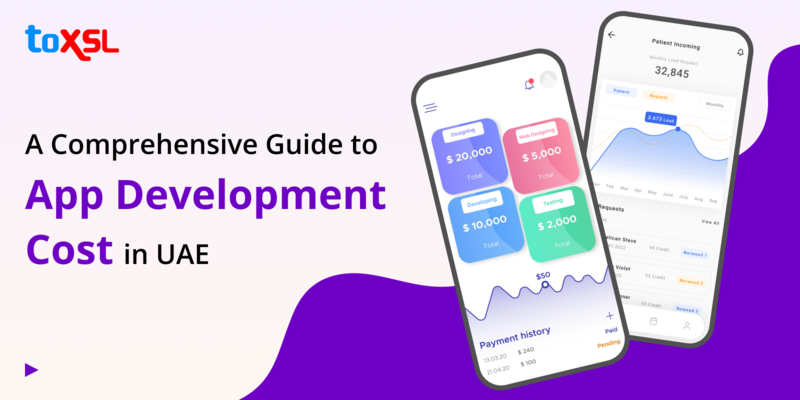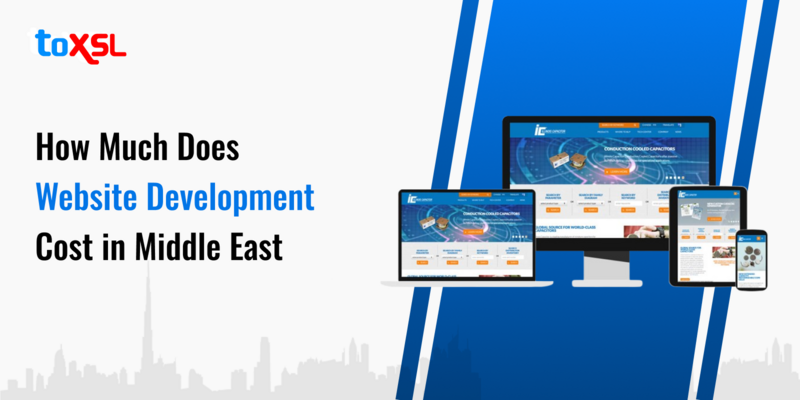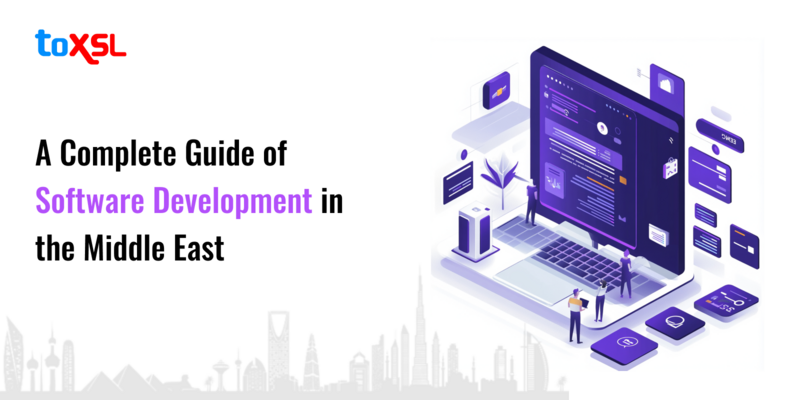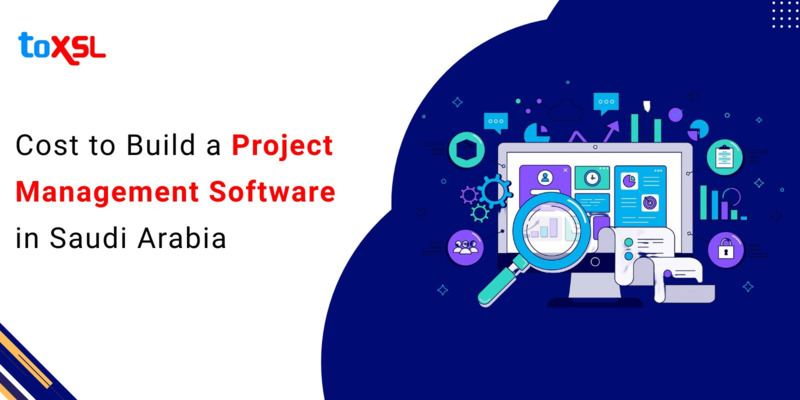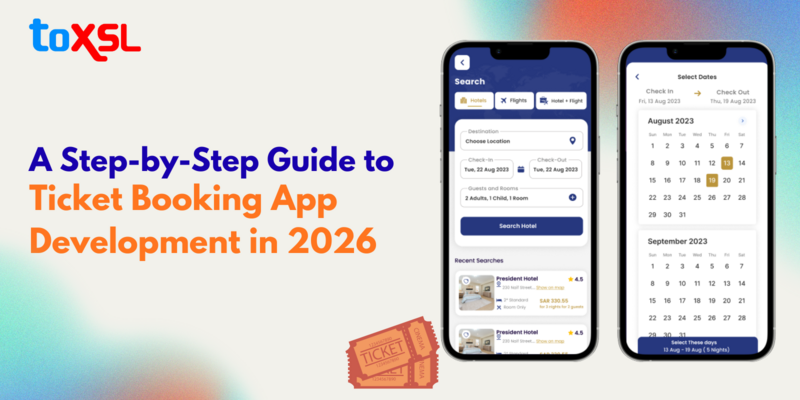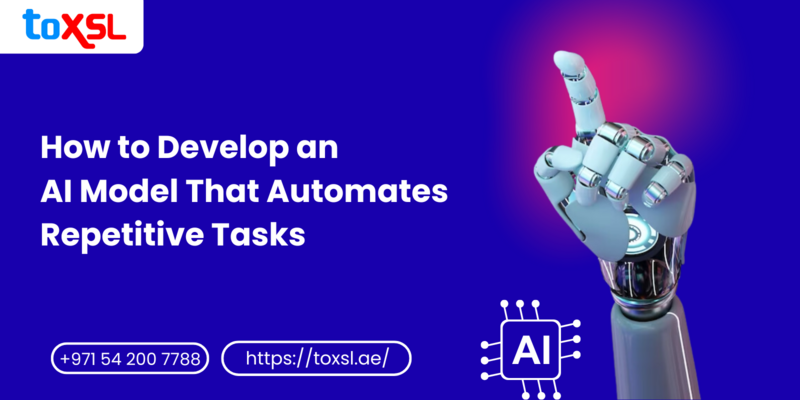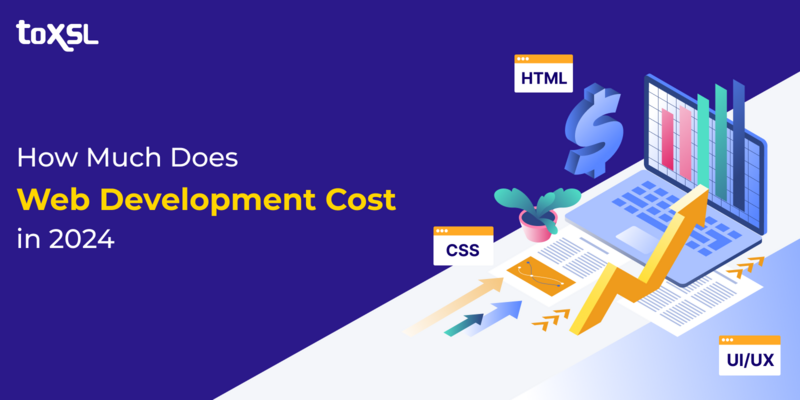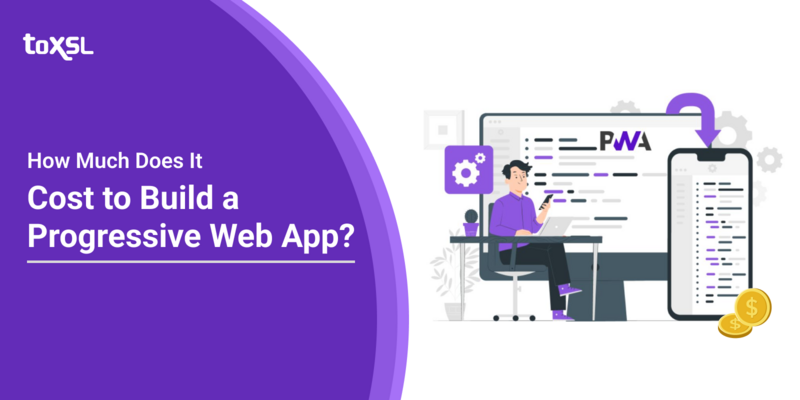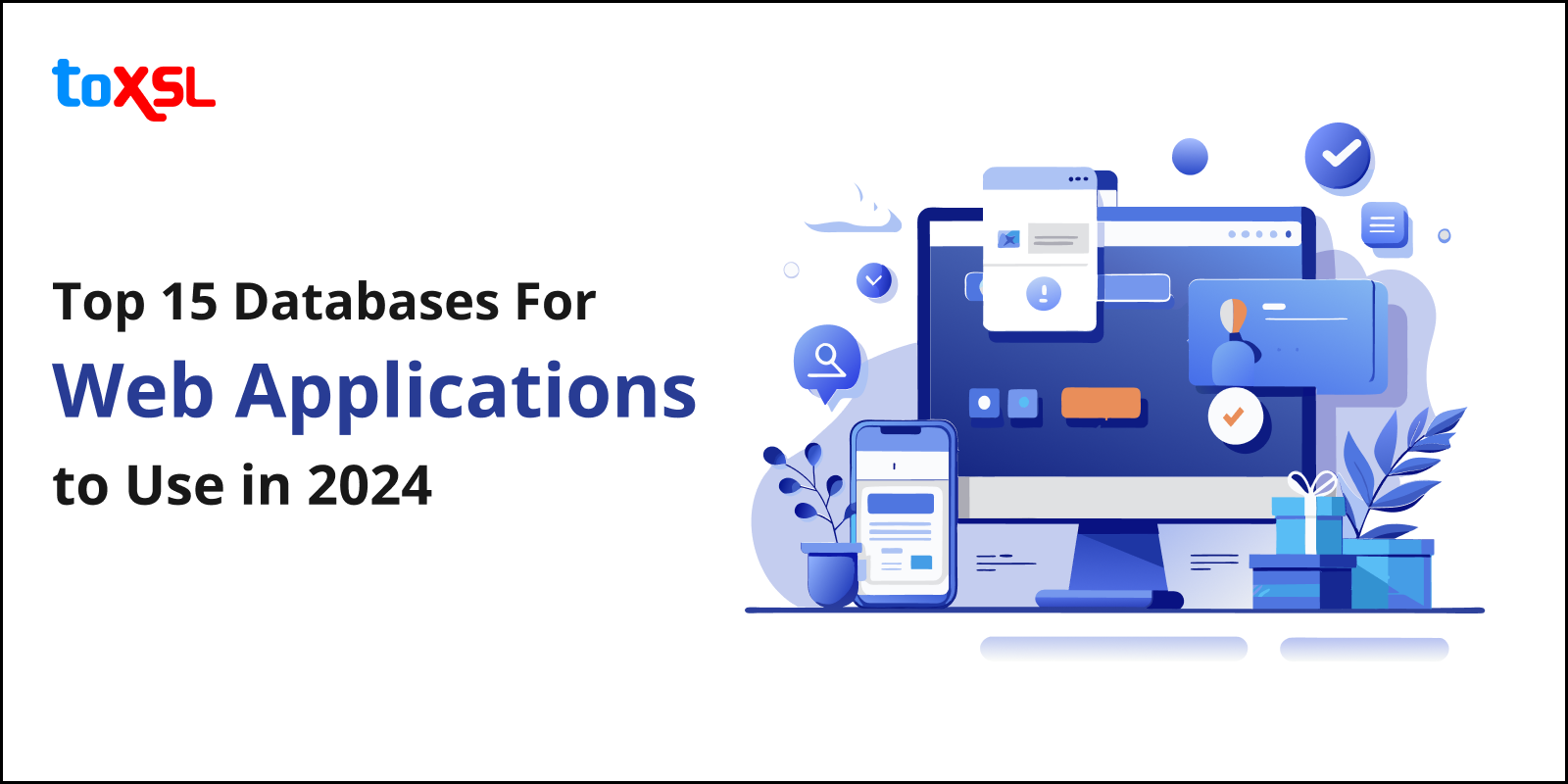
In the dynamic world of web development, choosing the right database for your application is crucial. The database you select can significantly impact your application's performance, scalability, and overall user experience. With a myriad of options available, ranging from traditional relational databases to modern NoSQL solutions, making the right choice can be daunting. In this guide, we'll delve into some of the most popular database systems and explore their strengths and weaknesses to help you make an informed decision.
1. Oracle
Oracle Database is one of the most established relational database management systems (RDBMS) in the industry. Known for its robustness, scalability, and comprehensive features, Oracle has been a preferred choice for enterprise-level applications. It offers ACID compliance, advanced security features, and excellent performance tuning capabilities. However, its licensing costs can be prohibitive for smaller businesses or startups.
Pros:
- 1. Robust and scalable
- 2. Enterprise-grade features (e.g., partitioning, clustering, advanced security)
- 3. Excellent performance and reliability
- 4. Comprehensive support and documentation
Cons:
- Expensive licensing costs
- Complex setup and administration
- Resource-intensive, requiring specialized hardware and personnel
2. PostgreSQL
PostgreSQL, often referred to as Postgres, is an open-source RDBMS renowned for its reliability, extensibility, and adherence to SQL standards. It boasts a rich set of features including support for JSON, XML, and advanced indexing options. PostgreSQL is highly customizable, making it suitable for a wide range of applications. Its active community and frequent updates ensure ongoing support and innovation.
Pros:
- Open-source and free
- Excellent support for SQL and data integrity
- Highly extensible and customizable
- Active community and continuous development
- Supports advanced features like JSON, full-text search, and spatial data
Cons:
- Can be slower than some commercial databases for specific workloads
- Limited out-of-the-box support for replication and sharding
3. MongoDB
MongoDB is a popular NoSQL database designed for storing unstructured data in a document-oriented format. It offers flexibility, scalability, and high availability, making it ideal for handling large volumes of data in distributed environments. MongoDB's schema-less design allows for easy iteration and adaptation, but it may require careful planning to maintain data consistency and integrity.
Pros:
- Schemaless and flexible data model
- Easy to scale horizontally
- Rich query language and indexing capabilities
- Supports sharding and replication out-of-the-box
Cons:
- Limited support for complex transactions and joins
- Data consistency challenges in distributed environments
- Potential for data redundancy and increased storage requirements
4. IBM DB2
IBM DB2 is an enterprise-grade RDBMS known for its reliability, performance, and advanced analytics capabilities. It offers support for both relational and non-relational data models, making it versatile for diverse use cases. DB2 excels in handling complex workloads and integrating with other IBM products, but its licensing costs and complexity may be challenging for smaller organizations.
Pros:
- Highly scalable and reliable
- Advanced features like partitioning, clustering, and compression
- Excellent performance and support for large databases
- Robust security and compliance features
Cons:
- Expensive licensing costs, especially for smaller projects
- Steep learning curve and complex administration
- Limited community support compared to open-source alternatives
5. SQLite
SQLite is a lightweight, embedded RDBMS that requires minimal configuration and resources. It's widely used in mobile apps, IoT devices, and desktop applications due to its simplicity and zero-configuration setup. SQLite is self-contained, serverless, and supports ACID transactions, but it may not be suitable for high-concurrency or high-throughput applications.
Pros:
- Extremely lightweight and portable
- Serverless and zero-configuration
- Good performance for small to medium-sized databases
- Widely used and well-documented
Cons:
- Limited scalability and concurrency for large applications
- Lack of advanced features like replication and sharding
- Not suitable for multi-user or distributed environments
6. MySQL
MySQL is one of the most popular open-source RDBMS, favored for its ease of use, performance, and scalability. It powers a vast array of web applications, from small blogs to large-scale e-commerce platforms. MySQL offers robust features, including replication, clustering, and full-text search, but its development and support have faced challenges since being acquired by Oracle.
Pros:
- Open-source and free (with commercial licensing options)
- Excellent performance for read-heavy workloads
- Easy to set up and manage
- Large and active community
Cons:
- Limited support for advanced features like stored procedures and triggers
- Potential data consistency issues in high write load scenarios
- Scaling challenges for large databases and write-heavy workloads
7. MS SQL Server
Microsoft SQL Server is a comprehensive RDBMS tailored for Windows environments, offering seamless integration with Microsoft products and services. It provides enterprise-level features such as high availability, data warehousing, and business intelligence tools. SQL Server excels in performance and security, but its licensing costs and limited cross-platform compatibility may be drawbacks for some users.
Pros:
- Excellent performance and scalability
- Rich feature set, including support for advanced analytics and machine learning
- Tight integration with other Microsoft products and services
- Strong security and compliance features
Cons:
- Expensive licensing costs for commercial use
- Limited support for open-source platforms and tools
- Complex administration and maintenance requirements
8. Redis
Redis is an open-source, in-memory data store known for its high performance, low latency, and support for various data structures. It's commonly used for caching, session management, real-time analytics, and message queuing. Redis's simplicity and speed make it ideal for use cases requiring rapid data access, but it may not be suitable for persistent storage or complex querying.
Pros:
- Blazing fast performance for simple data structures
- Supports a variety of data structures (strings, hashes, lists, sets, etc.)
- Excellent for caching and real-time applications
- Simple to set up and administer
Cons:
- Not suitable for persistent storage or large datasets
- Limited querying capabilities compared to traditional databases
- Potential data loss in case of system failures or power outages
9. Neo4j
Neo4j is a leading graph database designed for storing, querying, and analyzing highly interconnected data. It excels in representing complex relationships and performing graph-based queries efficiently. Neo4j is widely used in applications such as social networks, recommendation engines, and fraud detection systems. However, its specialized nature may limit its suitability for certain use cases.
Pros:
- Efficient for handling highly connected data and complex relationships
- Powerful graph query language (Cypher)
- Excellent performance for graph traversal and pattern-matching
- Active community and comprehensive documentation
Cons:
- Limited support for traditional OLTP workloads
- Relatively new and evolving technology
- Potential performance issues for large-scale deployments
10. Cassandra
Apache Cassandra is a distributed NoSQL database renowned for its scalability, fault tolerance, and linear performance scalability. It's designed to handle large volumes of data across multiple nodes with no single point of failure. Cassandra's decentralized architecture and eventual consistency model make it well-suited for applications requiring high availability and resilience, but it may require careful planning and maintenance.
Pros:
- Highly scalable and fault-tolerant
- Excellent for write-heavy and real-time applications
- Supports replication and partitioning out-of-the-box
- Flexible data model and querying capabilities
Cons:
- Complex setup and administration
- Limited support for complex transactions and joins
- Eventual consistency model may not be suitable for all use cases
11. MariaDB
MariaDB is a community-developed fork of MySQL, aimed at preserving open-source principles and fostering innovation. It offers compatibility with MySQL while introducing new features, enhancements, and optimizations. MariaDB is fully open-source and offers various storage engines, including InnoDB and Aria. It's a compelling choice for users seeking a MySQL-compatible database with additional features and improved performance.
Pros:
Open-source and free
- Drop-in replacement for MySQL
- Improved performance and additional features compared to MySQL
- Active community development and support
Cons:
- Limited ecosystem compared to MySQL
- Potential compatibility issues with some MySQL tools and applications
- Lacks some enterprise-grade features found in commercial databases
12. OrientDB
OrientDB is a multi-model database combining the features of document, graph, and object-oriented databases. It supports flexible schema design, ACID transactions, and SQL-like queries. OrientDB's versatility makes it suitable for applications requiring diverse data models and complex relationships. However, its complexity and relatively smaller community may pose challenges for adoption and support.
Pros:
- Flexible multi-model approach (documents, graphs, key-value)
- Supports SQL and graph query languages
- Distributed and highly scalable architecture
- Active community and good documentation
Cons:
- Relatively new and evolving technology
- Limited ecosystem and third-party tool support
- Potential performance issues for specific workloads
13. DynamoDB
Amazon DynamoDB is a fully managed NoSQL database service offered by AWS, designed for scalability, performance, and seamless integration with other AWS services. It provides automatic scaling, high availability, and low-latency access to data, making it ideal for cloud-native applications and serverless architectures. DynamoDB's pay-per-request pricing model can be cost-effective for applications with unpredictable workloads, but it may incur higher costs for sustained usage.
Pros:
- Fully managed and serverless, reducing operational overhead
- Automatic scaling and high availability
- Supports both key-value and document data models
- Seamless integration with other AWS services
Cons:
- Limited querying capabilities compared to traditional databases
- Potential vendor lock-in with AWS
- Can be expensive for certain workloads and usage patterns
14. FirebirdSQL
FirebirdSQL is an open-source RDBMS known for its lightweight footprint, cross-platform compatibility, and ease of deployment. It offers features such as multi-generation architecture, stored procedures, and triggers. FirebirdSQL is well-suited for embedded applications, desktop solutions, and small to medium-sized projects. However, its smaller user base and less extensive feature set compared to other RDBMS may limit its suitability for large-scale enterprise applications.
Pros:
- Lightweight and efficient
- Good performance for small to medium-sized applications
- Cross-platform support (Windows, Linux, macOS)
- Active community development and support
Cons:
- Limited scalability and lack of advanced features
- Smaller ecosystem and third-party tool support
- May not be suitable for large-scale or complex applications
15. Elasticsearch
Elasticsearch is a distributed search and analytics engine designed for real-time search, log analysis, and full-text search. It's commonly used in conjunction with other databases to enable fast and scalable search functionality. Elasticsearch's RESTful API, schema-less JSON documents, and powerful querying capabilities make it suitable for various use cases, including e-commerce search, log monitoring, and business intelligence.
Pros:
- Excellent full-text search capabilities
- Near real-time search and analytics
- Horizontally scalable and fault-tolerant
- Supports various data formats (JSON, XML, CSV, etc.)
- Rich query language and aggregation capabilities
- Integrates well with popular programming languages and frameworks
Cons:
- Not designed as a general-purpose database
- Limited support for complex transactions and joins
- Potential for data consistency issues in distributed environments
- Requires careful planning and management for large-scale deployments
Conclusion
Selecting the best database for your web application involves considering factors such as data model, scalability, performance, ease of use, and cost. Each database system discussed in this guide offers unique features and capabilities to address different use cases and requirements. Whether you prioritize relational consistency, flexible schema design, horizontal scalability, or real-time analytics, there's a database solution tailored to your needs. By carefully evaluating your application's requirements and weighing the strengths and limitations of each database option, you can make an informed decision that sets the foundation for your application's success. Contact ToXSL Technologies, a leading Web Design Company in Dubai, to learn more.
FAQs
1. What factors should businesses consider when choosing a database for a web application?
Key factors to consider include:
- Data Structure: Determine whether you need a relational (SQL) or non-relational (NoSQL) database.
- Scalability: Assess how well the database can handle growth in data and user load.
- Performance: Evaluate response times and transaction speeds under expected loads.
- Community Support: A strong community can provide valuable resources and troubleshooting assistance.
- Integration Capabilities: Ensure compatibility with your tech stack and other services you plan to use.
2. How does MySQL compare to PostgreSQL for web applications?
MySQL is known for its ease of use, stability, and widespread adoption, making it a popular choice for many web applications. It supports a variety of programming languages and is particularly strong in read-heavy workloads. PostgreSQL, on the other hand, is recognized for its advanced features like support for complex queries, custom data types, and extensibility. It is often preferred for applications requiring high data integrity and complex transactions.
3. What are the advantages of using NoSQL databases like MongoDB or Cassandra?
NoSQL databases such as MongoDB and Cassandra offer several advantages:
- Flexibility: They allow for unstructured data storage, making it easier to adapt to changing data requirements.
- Scalability: NoSQL databases can scale horizontally, accommodating large volumes of data across multiple servers.
- Performance: They are optimized for high-speed read and write operations, which is beneficial for real-time applications.
- These features make NoSQL databases ideal for applications that require rapid development and scalability.
4. What types of applications are best suited for Firebase?
Firebase is particularly well-suited for:
- Real-time applications: Such as chat apps or collaborative tools that require instant data synchronization.
- Mobile applications: It provides robust support for both iOS and Android platforms.
- Gaming apps: Firebase's real-time capabilities enhance user engagement in gaming environments.


